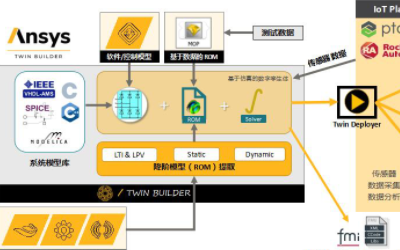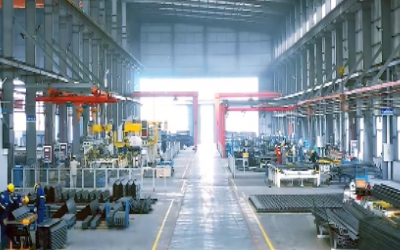Chinese car enterprises export products, technology, capital
Chinese car brands, including Geely, BYD, Chery and SAIC Motor, are becoming increasingly popular in countries along the Belt and Road, as China continues to not only export cars, but also produce win-win cooperation in localized production.
Carrying 2,602 cars which were made in China, a roll-on-roll-off ship recently left for Malaysia and Israel from Ningbo-Zhoushan Port in east China’s Zhejiang province, meaning that over 10,000 cars have now been exported from this port.
Automakers in China have been expanding their market with high-quality vehicles that can meet the demands of foreign markets.
It has been a common practice for Chery to carry out in-depth research on target countries, including industrial policies, local markets and customer habits, to develop new products tailored for these markets, said Du Weiqiang, Deputy General Manager of Chery International.
A Geely plant near Minsk, capital of Belarus. (Zhang Ruoxuan/Ma Ping)
For example, the surface temperature in Saudi Arabia is as high as 70 degrees Celsius. There must be some changes in configuration and function to cater for the local climate, temperature difference, road conditions and customer needs, Du said.
Thanks to this strategy, Chery has exported over 1.4 million cars to over 80 countries and regions around the world over the past 16 years, of which 46 are participating countries of the Belt and Road Initiative (BRI).
Through the BRI, China’s car producers have deepened cooperation with local companies via overseas mergers and acquisitions.
In August 2015, SAIC-GM-Wuling Automobile (SGMW) started construction of its overseas factory in Indonesia. By doing so, the company opened up an outlet for itself, as well as helping 16 related companies in the area.
Geely has established plants for power assemblies and automobile production in Britain, Sweden, Belgium, Belarus, Malaysia among other countries, a sales network covering 4,000 stores across the globe, and five major research and development centers with over 20,000 researchers.
Yang Xueliang, vice president of Geely Auto Group, explained that Geely has upgraded its “going out” strategy from exporting products to exporting technologies, talents, standards and capitals as well.
The overseas development strategy of auto companies in China has produced mutual benefits and win-win results for both sides, creating job opportunities, providing technical training for local personnel and winning appraisal from people overseas.
Yang said that China’s auto industry is supposed to integrate into BRI construction and the global industrial chain, and join the global competition and cooperation to bring more benefits to customers.
Automakers in China have been expanding their market with high-quality vehicles that can meet the demands of foreign markets.
It has been a common practice for Chery to carry out in-depth research on target countries, including industrial policies, local markets and customer habits, to develop new products tailored for these markets, said Du Weiqiang, Deputy General Manager of Chery International.
A Geely plant near Minsk, capital of Belarus. (Zhang Ruoxuan/Ma Ping)
For example, the surface temperature in Saudi Arabia is as high as 70 degrees Celsius. There must be some changes in configuration and function to cater for the local climate, temperature difference, road conditions and customer needs, Du said.
Thanks to this strategy, Chery has exported over 1.4 million cars to over 80 countries and regions around the world over the past 16 years, of which 46 are participating countries of the Belt and Road Initiative (BRI).
Through the BRI, China’s car producers have deepened cooperation with local companies via overseas mergers and acquisitions.
In August 2015, SAIC-GM-Wuling Automobile (SGMW) started construction of its overseas factory in Indonesia. By doing so, the company opened up an outlet for itself, as well as helping 16 related companies in the area.
Geely has established plants for power assemblies and automobile production in Britain, Sweden, Belgium, Belarus, Malaysia among other countries, a sales network covering 4,000 stores across the globe, and five major research and development centers with over 20,000 researchers.
Yang Xueliang, vice president of Geely Auto Group, explained that Geely has upgraded its “going out” strategy from exporting products to exporting technologies, talents, standards and capitals as well.
The overseas development strategy of auto companies in China has produced mutual benefits and win-win results for both sides, creating job opportunities, providing technical training for local personnel and winning appraisal from people overseas.
Yang said that China’s auto industry is supposed to integrate into BRI construction and the global industrial chain, and join the global competition and cooperation to bring more benefits to customers.








